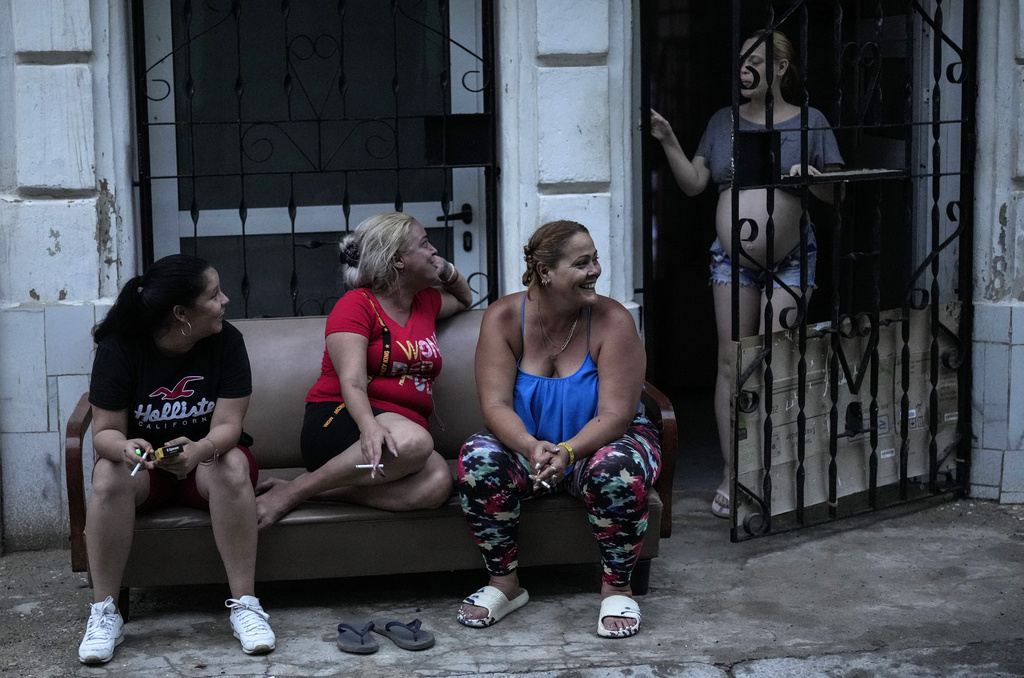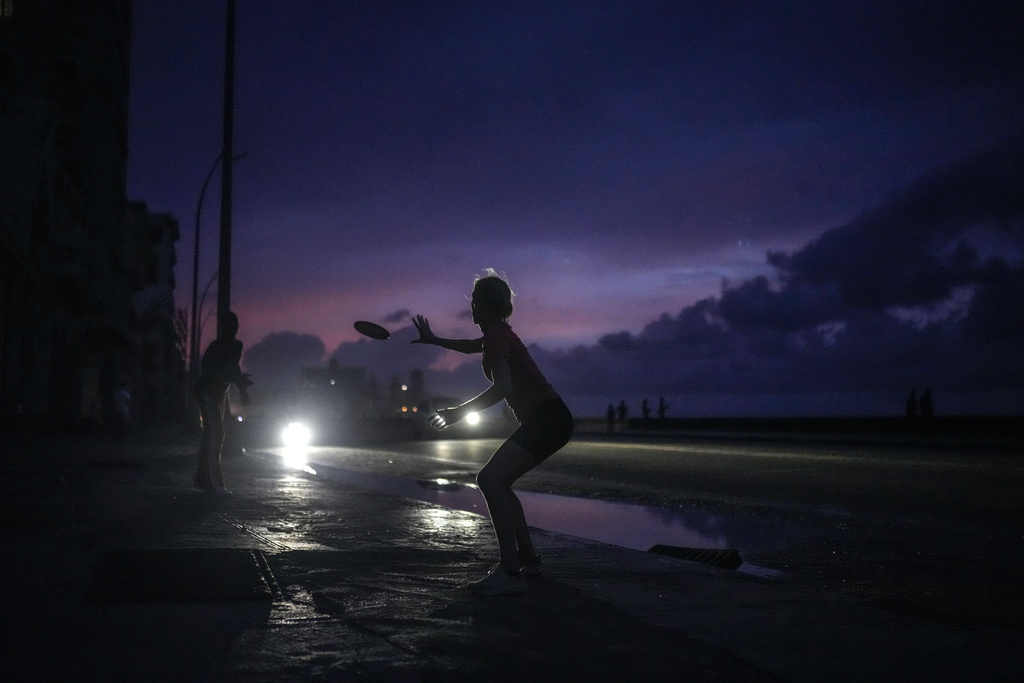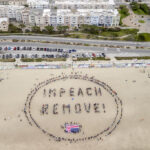Partial Power Restored in Cuba After Worst Blackout in Two Years \ Newslooks \ Washington DC \ Mary Sidiqi \ Evening Edition \ Cuba has started restoring power following its worst blackout in over two years, which left millions in the dark for two days. Energy Minister Vicente de la O Levy confirmed that 500 megawatts had been added back to the grid, far below the usual 3 gigawatts. The blackout, triggered by a thermoelectric plant failure, initially affected half of the island before spreading nationwide. The government has enacted emergency measures to reduce electricity demand, and more power plants are expected to resume operations soon.

Cuba’s Slow Recovery After Devastating Blackout: Quick Looks
- Partial restoration: 500 megawatts restored, but still far below normal capacity.
- Thermoelectric plants struggle: Two power plants are back online, and two more are expected soon.
- Impact on daily life: Havana and other cities face disruptions in water supply and essential services.
- Emergency measures: The government has shut schools, workplaces, and nonessential services to lower demand.
- Worsening crisis: The blackout is linked to aging infrastructure, fuel shortages, and rising energy demand amid Cuba’s economic struggles.
Deep Look
O Levy took to social media platform X (formerly Twitter) to update the public, stating that “several substations in the west now have electricity.” He also confirmed that two thermoelectric power plants are back online and that two additional plants were expected to resume operations “in the next few hours.” Despite these efforts, power remains limited, and the government has not provided a clear estimate on when full restoration will be achieved.
The massive blackout, which began on Thursday, initially left half the island without power before it spread across the entire country by Friday morning. The widespread outage was triggered by the failure of one of Cuba’s major thermoelectric plants, which caused cascading failures in the national grid.
Power Shortages in Havana and Beyond
The impact of the blackout was particularly severe in Havana, a city of more than 2 million people. Despite some areas regaining power on Saturday, large parts of the capital remained without electricity. The city’s electricity provider explained that while efforts had been made to restore power, the sudden failure of one of the plants that serviced the area caused parts of the western grid to shut down again. As a result, the available power in the city dropped from 500 megawatts to 370 megawatts.
The blackout has disrupted daily life in Cuba’s capital, leaving streets eerily quiet and homes dimly lit by candles and lamps. Beyond lighting, the lack of electricity has affected essential services, particularly the water supply, which relies on pumps to deliver water to homes. Many residents have struggled to access basic necessities as the blackout stretches on, compounding an already challenging situation in a country facing economic turmoil.
Government Response and Emergency Measures
In response to the blackout, the Cuban government has implemented a series of emergency measures aimed at reducing electricity demand. Schools and universities have been closed, nonessential services have been canceled, and some state-owned workplaces have been shut down. These actions are part of an effort to conserve energy while officials work to stabilize the grid and bring more power plants online.
According to government officials, the island’s power grid had lost 1.64 gigawatts during peak hours on Friday—about half the total electricity demand. The sudden loss of power prompted widespread outages, with officials pointing to a combination of increased demand from small- and medium-sized businesses, residential air conditioning use, and breakdowns in Cuba’s aging thermoelectric plants.
The Antonio Guiteras plant, one of Cuba’s largest and most critical power stations, was among the plants that failed, triggering a domino effect that took down the national grid. While officials confirmed that two power plants have resumed operations, many others remain offline, and fuel shortages continue to limit the island’s ability to generate electricity.
The Effects of a Collapsing Infrastructure
The current blackout highlights the broader structural issues facing Cuba’s energy grid. The island relies heavily on thermoelectric power plants, many of which are old and poorly maintained. Years of neglect, combined with insufficient fuel supplies, have made it difficult for Cuba to meet its energy demands, particularly during peak hours.
The situation has been exacerbated by an increase in energy consumption, driven in part by the growth of small- and medium-sized businesses since the Cuban government authorized their expansion in 2021. The increased demand has placed additional pressure on an already fragile grid, which is now showing signs of strain under the weight of rising consumption and diminishing supply.
Officials have hinted at the possibility of increasing electricity rates for these businesses as a way to manage demand. However, such changes could prove controversial, given the already strained relationship between the government and private enterprises in Cuba.
Long-Term Challenges and Economic Fallout
Cuba’s power grid collapse comes amid a deepening economic crisis that has left many Cubans struggling to make ends meet. The country has been grappling with widespread shortages of food, medicine, and other essential goods, and the frequent blackouts have only added to the challenges facing its citizens.
While the Cuban government has taken steps to restore power, the long-term outlook remains uncertain. The country’s aging infrastructure, lack of fuel, and rising demand are likely to continue to pose significant challenges in the months ahead. Without significant investments in modernizing the energy grid and securing reliable fuel supplies, Cuba could face further blackouts and power shortages in the future.
Looking Ahead
As Cuba works to restore power to the island, questions remain about the long-term viability of the country’s energy infrastructure. The immediate focus is on bringing additional thermoelectric plants back online, but the underlying issues of fuel shortages and outdated infrastructure will require more comprehensive solutions.
For now, Cubans continue to wait for full power restoration while bracing for the possibility of further outages. The blackout serves as a stark reminder of the vulnerabilities facing the island’s energy sector and the urgent need for reforms to ensure a more stable and reliable supply of electricity in the future.
Partial Power Partial Power Partial Power Partial Power







